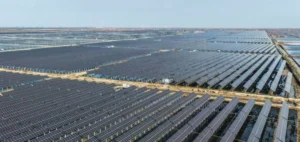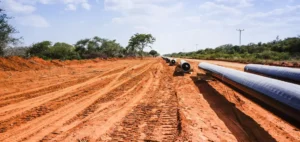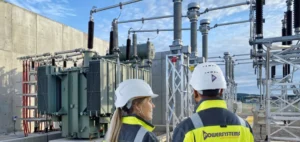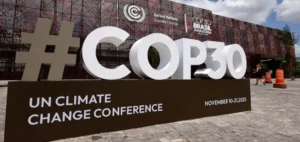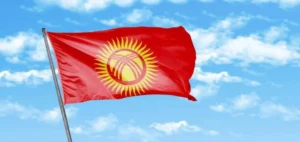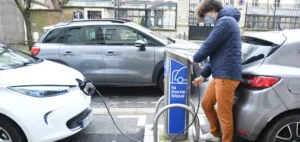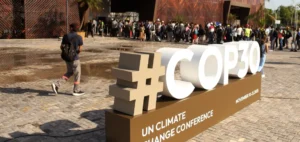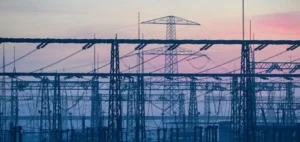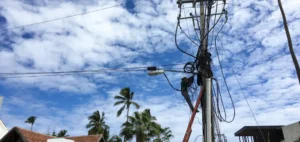Chevron deference, a doctrine established in 1984, could undergo significant changes as the Supreme Court re-examines its scope. This judicial principle states that courts should rely on a federal agency’s interpretation of ambiguous statutes, provided the interpretation is reasonable. This deference is crucial for agencies managing complex environmental and energy regulations.
Implications for energy and environmental policies
The Department of Energy (DOE) and the Bureau of Land Management (BLM) could be affected by a potential Chevron retreat. The DOE’s recent pause on LNG export approvals and the BLM’s proposal to offer conservation leases rather than traditional energy leases highlight the agencies’ reliance on broad interpretive authority that could be compromised.
Specific cases and legal arguments
The Supreme Court heard arguments in January concerning Chevron, with conservative judges showing an interest in restricting the doctrine. This change could lead to a loss of flexibility for agencies to fill gaps in statutory laws, especially in technical areas such as energy production and environmental conservation.
Impact on agency decision-making
Legal experts predict that a move away from Chevron could transfer more power to the courts to interpret laws, potentially leading to more rigid and less adaptive regulatory frameworks. Agencies may need to develop more detailed and conservative regulations to avoid judicial challenges.
Potential results and expert opinions
While some believe that the end of Chevron deference could lead to “intellectually dishonest” court decisions as mentioned by David Doniger of the Natural Resources Defense Council, others like Keith Coyle of Babst Calland argue that it could make agencies and courts more disciplined in distinguishing legal from policy issues.
The future of Chevron deference holds significant implications for the way environmental and energy regulations are developed and applied. As the Supreme Court prepares its decision, the potential realignment of interpretive powers between agencies and courts could herald substantial changes in administrative law and regulatory practices.




